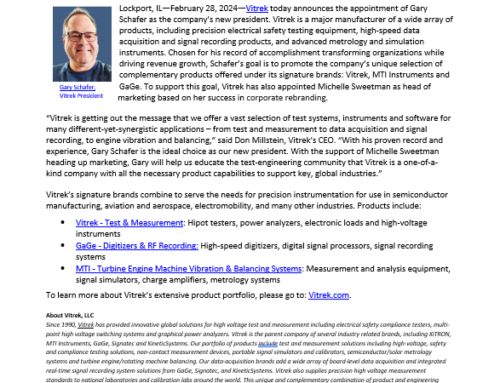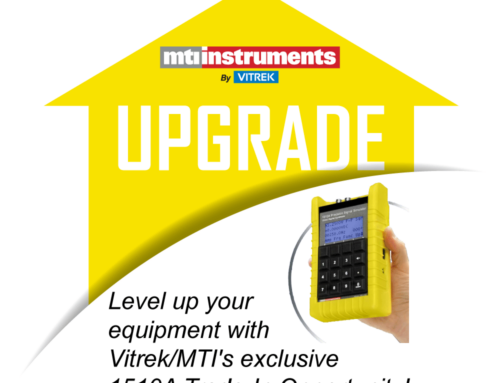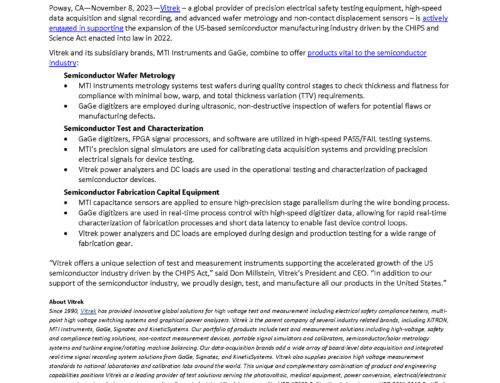Non-contact sensors detect or measure a physical property without making direct contact with the target, the object that is being monitored or measured. They are used to measure physical properties such as thickness, proximity, displacement, or distance. To obtain readings, non-contact displacement sensors emit a form of energy and may use capacitance, fiber optic, or laser triangulation technologies. By contrast, contact sensors must touch the target and often rely upon mechanical movement.
Non-Contact Sensors vs. Contact Sensors
Non-contact sensors are faster, especially for applications with high sampling rates, and won’t dampen the motion of a target. They can also measure more points simultaneously and without putting pressure on the object that is being measured. By contrast, contact sensors are slower because they must touch and then traverse the entire object. Yet, contact sensors are recommended for environments with low levels of cleanliness and when exterior features are not visible.
Capacitance Sensors
Capacitance sensors are non-contact devices that measure capacitance, the ratio of the change in an electric charge to the corresponding change in its electrical potential (i.e., voltage). They provide high-resolution measurements with a high level of accuracy and are not affected by magnetic fields, temperature, humidity, nuclear radiation, or pressure. Capacitance sensors are the best choice for semiconductor wafer measurement and are also used in many industrial applications.
Fiber Optic Sensors
Fiber optic sensors use fiber optic cables and photoelectric sensor technologies and can accommodate a wide range of target and shapes. These non-contact sensors provide a sensitive, linear output with a large measurement range and standoff distance. Their probes are immune to electromagnetic interference (EMI) and are suitable for metallic, composite, plastic, glass, or ceramic materials. Fiber optic sensors are the best choice for measuring high-frequency vibrations because of the non-electrical nature of these signals.
Laser Triangulation Sensors
Laser triangulation sensors contain a solid-state laser light source and a CMOS linear detector. A laser beam is projected onto the target being measured and a portion of the beam is reflected through focusing optics onto the detector. These non-contact sensors have a high frequency response that makes them ideal for measuring moving targets in high-speed applications. Compared to capacitance or fiber optic sensors, laser triangulation sensors have larger standoffs to support locating them further away from the target.
Find Non-Contact Sensors
MTI Instruments of Albany, New York (USA) makes non-contact sensors and supplies capacitance, fiber optic, and laser triangulation technologies for industries that require measurements with a high degree precision, accuracy, and resolution. To discuss your measurement application, or to request information about our solutions, contact us.


